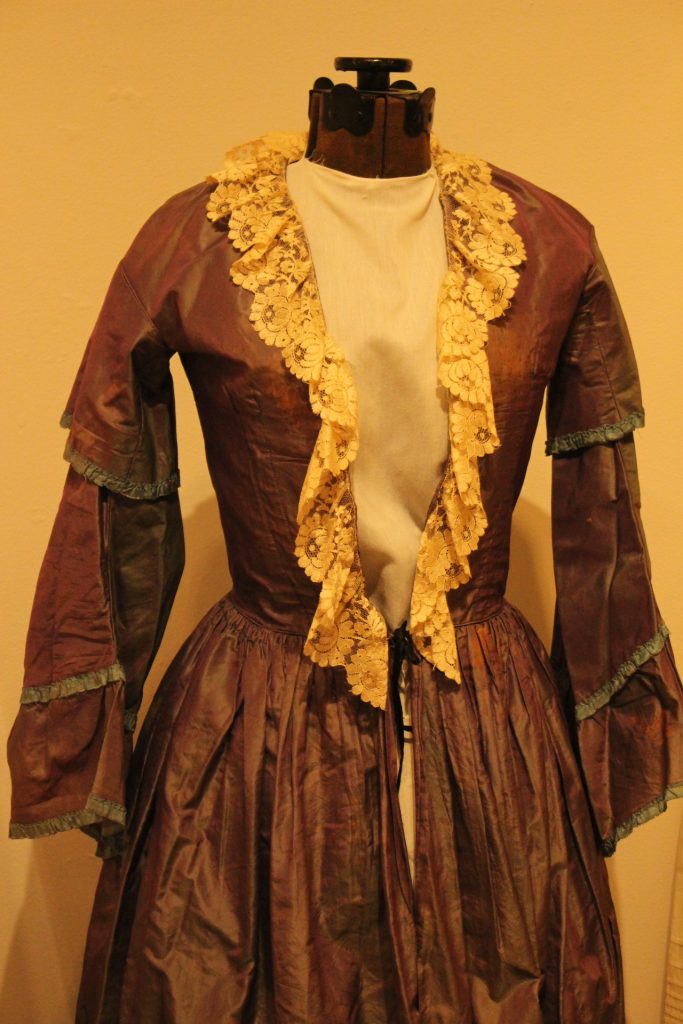
Chrys Weedon | Entertainment Editor
The Willamette Heritage Center is located in Salem at 1313 Mill St. A cluster of buildings tucked into a scenic corner of the city, the center features permanent exhibits such the historic houses of some of the first families to settle in the Willamette valley, a Thomas Kay Woolen Mill exhibit and Portland General Electric Waterpower exhibit. “The Willamette Heritage Center connects generations by preserving and interpreting the history of the Mid-Willamette Valley,” states willametteheritage.org.
The center also features special, impermanent exhibits. Opening Jan. 24 and lasting through April 20 is an exhibit titled “Romance: Stories of Love and Passion in the Mid-Willamette valley”. The exhibit consists various different displays curated by several different heritage centers in the region that focus on stories of love in the Willamette Valley.
Displays included vignettes on the history of marriage ceremonies from the 19th and early 20th centuries, which didn’t always include a white dress; many brides wore dresses in a variety of colors, such as blue, grey, yellow and even practical colors like brown. An intricate red wedding dress was also on display in this section of the exhibit.
Also included was a collection of artifacts describing the scandalous social dances of the 1800s. Featured were the card and books in which dancers could keep track of their partners, and editorials published in the Oregon Statesman and the Willamette University Newspaper discussed the inappropriate nature of social dances.
The latter newspaper published an editorial by Minnie Frickey in February of 1891, which touched on the subject.
“Thus on every hand stands some monster evil that would destroy all honest, genuine affection, dancing and intemperance alike in fascination and destructiveness,” wrote Frickey, “luxury who would have people so intensely refined that they are unfit for any of the practical duties of life.”
Also included where artifacts such as love self-help books, wedding rings, photographs of young couples and marriage certificates. On display was a law book which included Oregon’s marriage laws over the years. In 1862, Oregon passed a law that made interracial marriage illegal, which wasn’t overturned until 1951. More recently — 2014, to be exact — Oregon passed their same-sex marriage law.
The exhibit at the Willamette Heritage Center brings history into the present, and reminds visitors that love now isn’t much different than love back then.
Contact the author at howlentertainment@wou.edu
Photo courtesy of Chrys Weedon



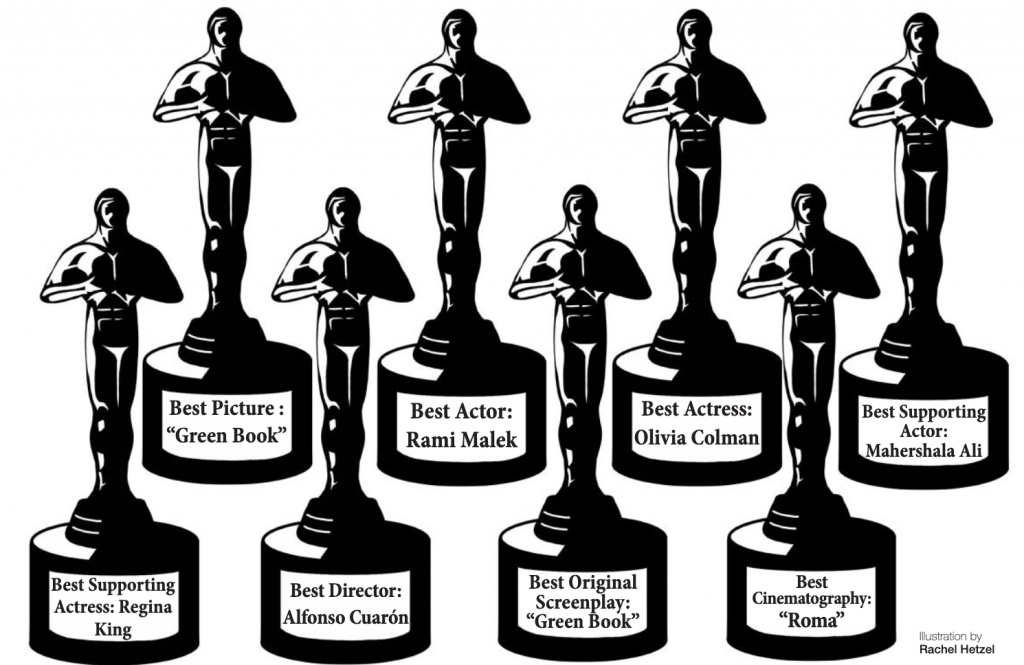
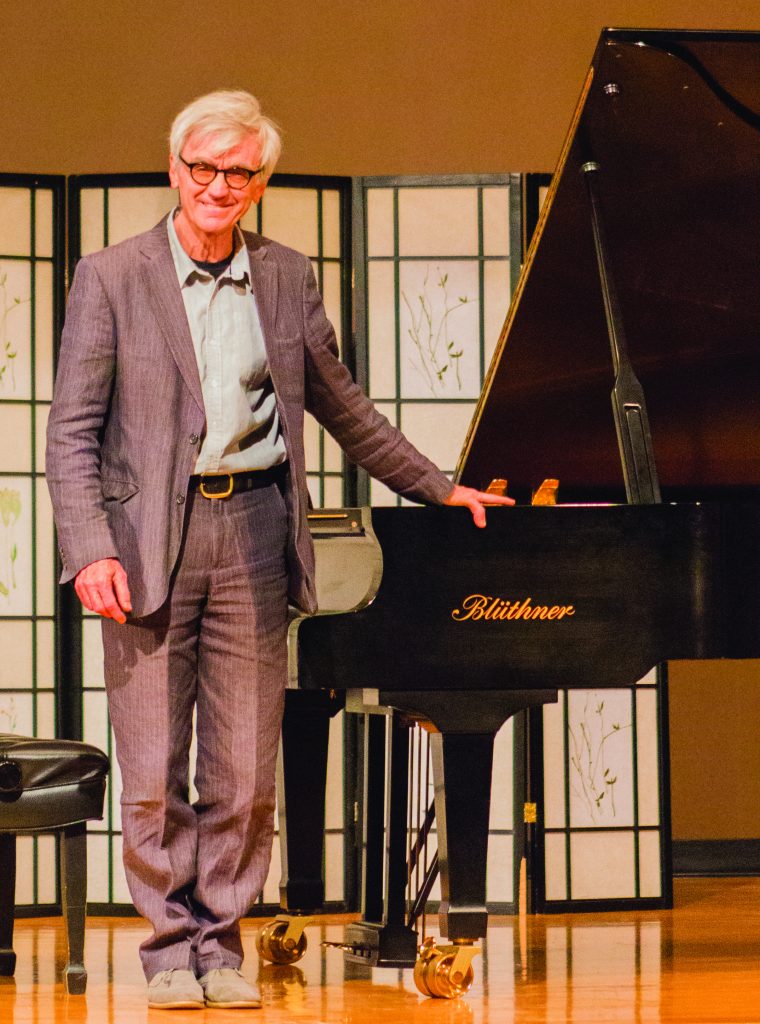
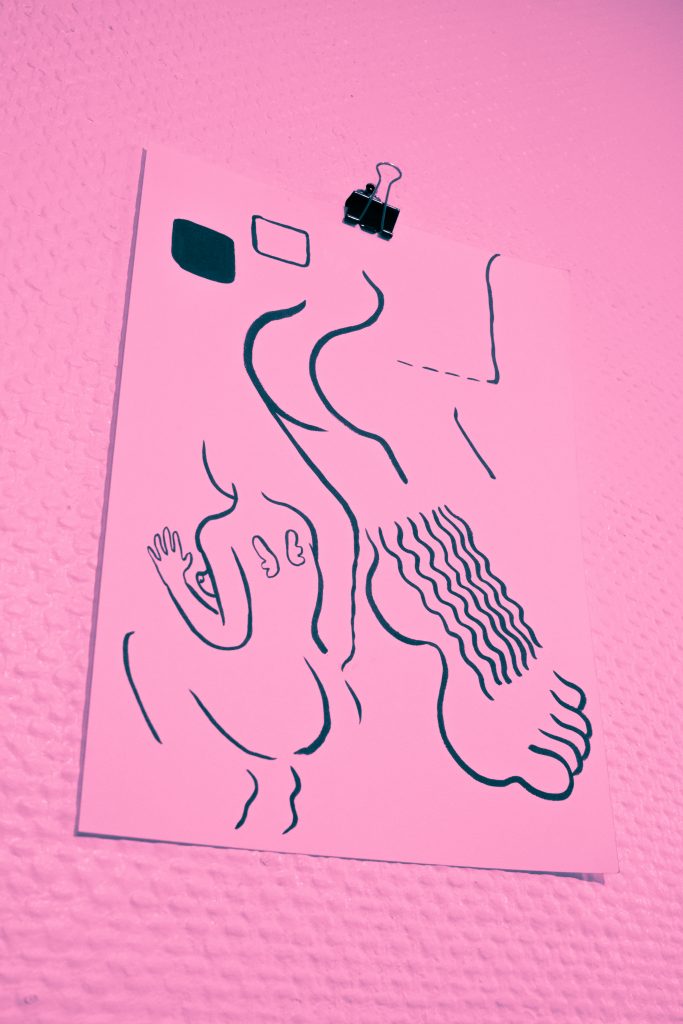

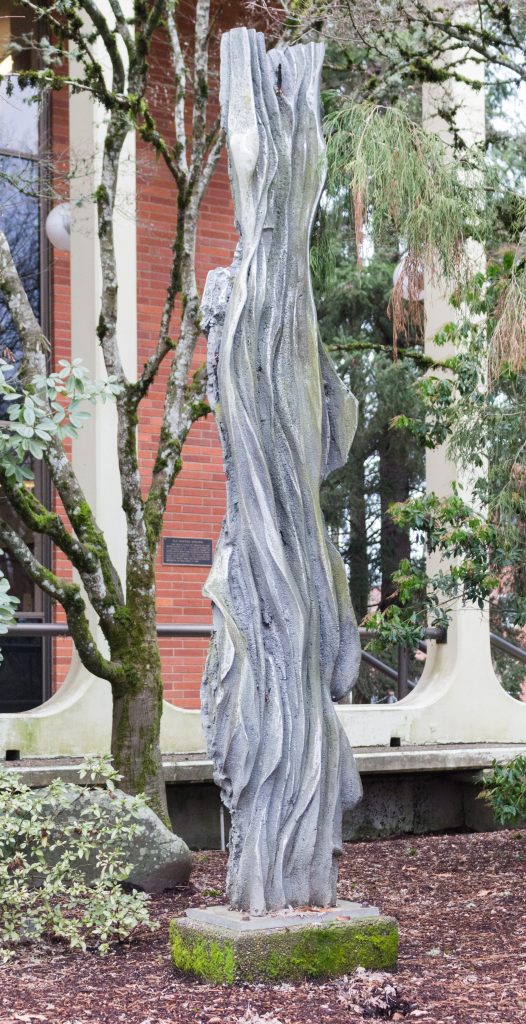 The Oregon Arts Commission states that the Percent for Art program places “high quality, accessible, and mostly visible” art where the public can enjoy it. The OAC’s collection now contains more than 2,400 art pieces that represent over 800 artists.
The Oregon Arts Commission states that the Percent for Art program places “high quality, accessible, and mostly visible” art where the public can enjoy it. The OAC’s collection now contains more than 2,400 art pieces that represent over 800 artists.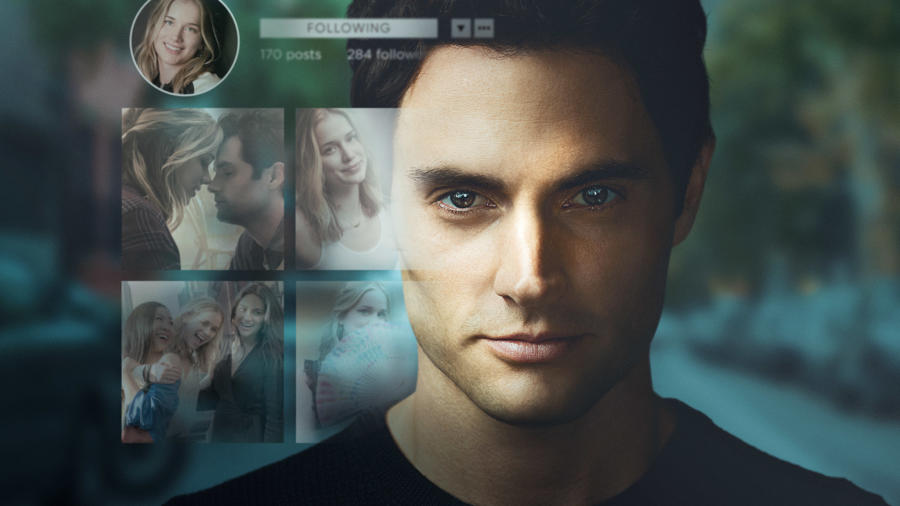

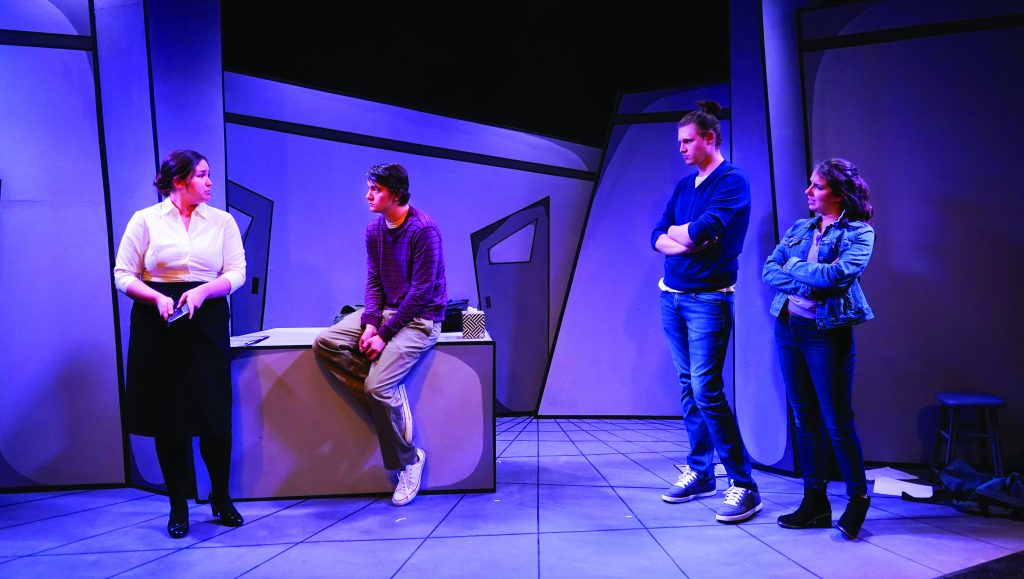
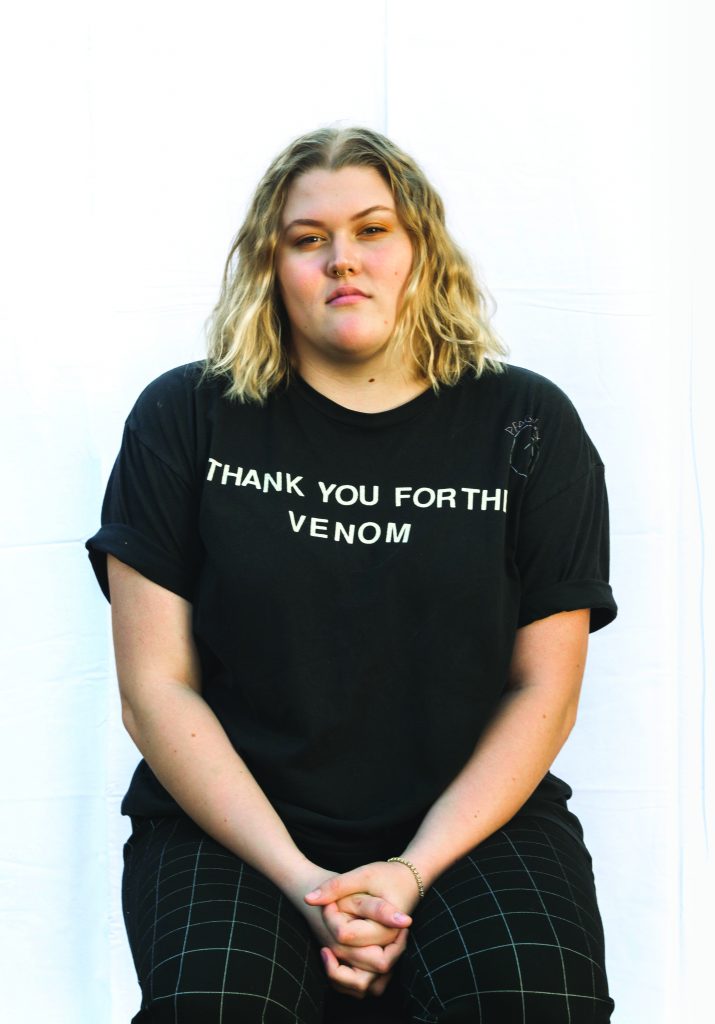

 Kyle Morden | Digital Media Manager
Kyle Morden | Digital Media Manager


